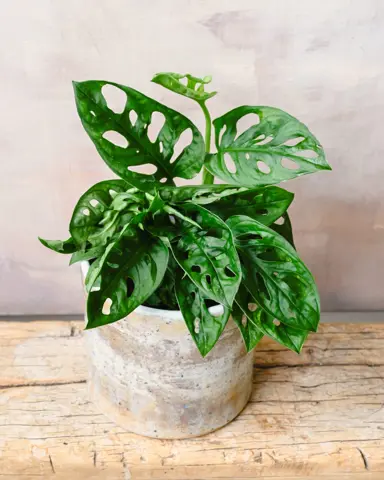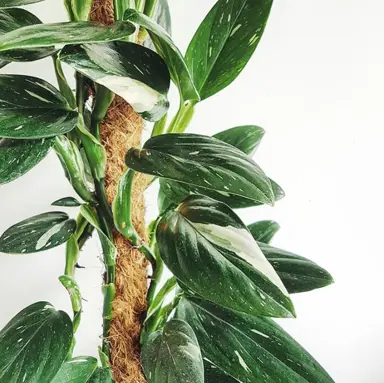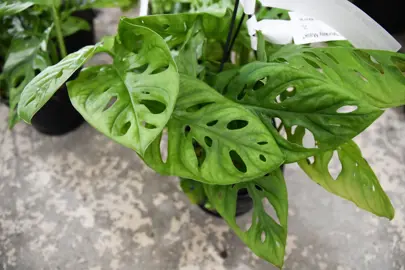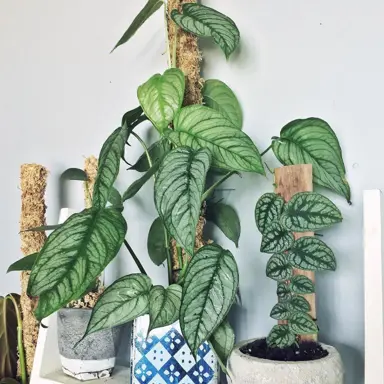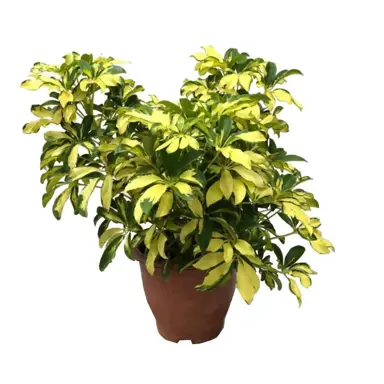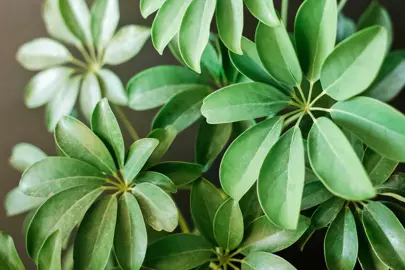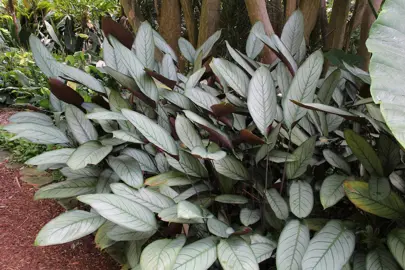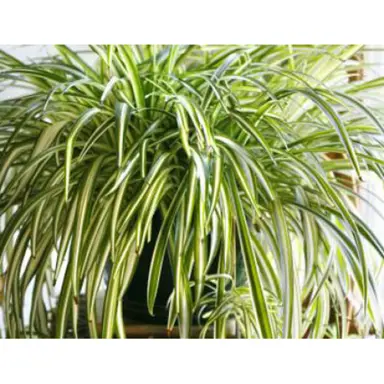Monstera deliciosa
Swiss Cheese Plant, Fruit Salad Plant, Ceriman Plant
Monstera deliciosa, commonly known as the Fruit Salad Plant, is a tropical plant grown for its amazing foliage. It produces large, leathery, glossy, heart-shaped leaves 25–90 cm long by 25–75 cm broad with distinct, large holes. It grows to 3 m tall and the same wide but can be trimmed as necessary. Monstera deliciosa is commonly used in tropical plantings, grown as an indoor plant, used in foyer plantings, or planted around pool and barbecue areas where conditions favour.




